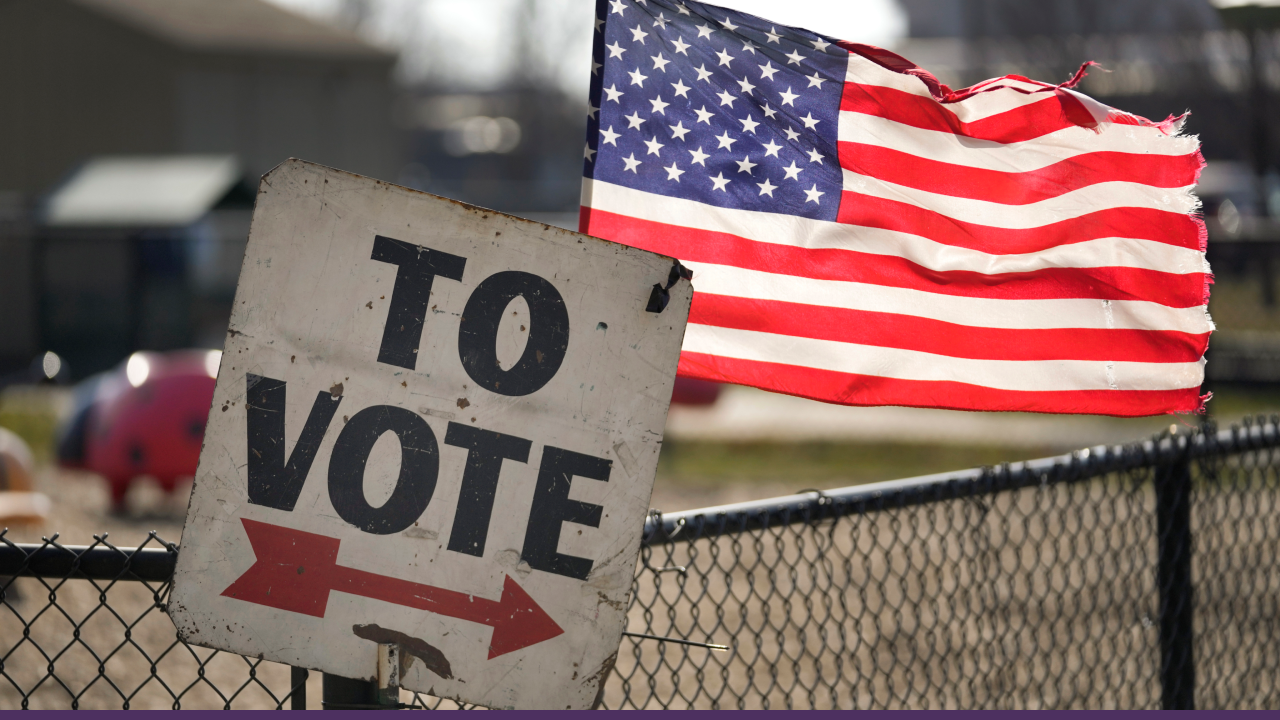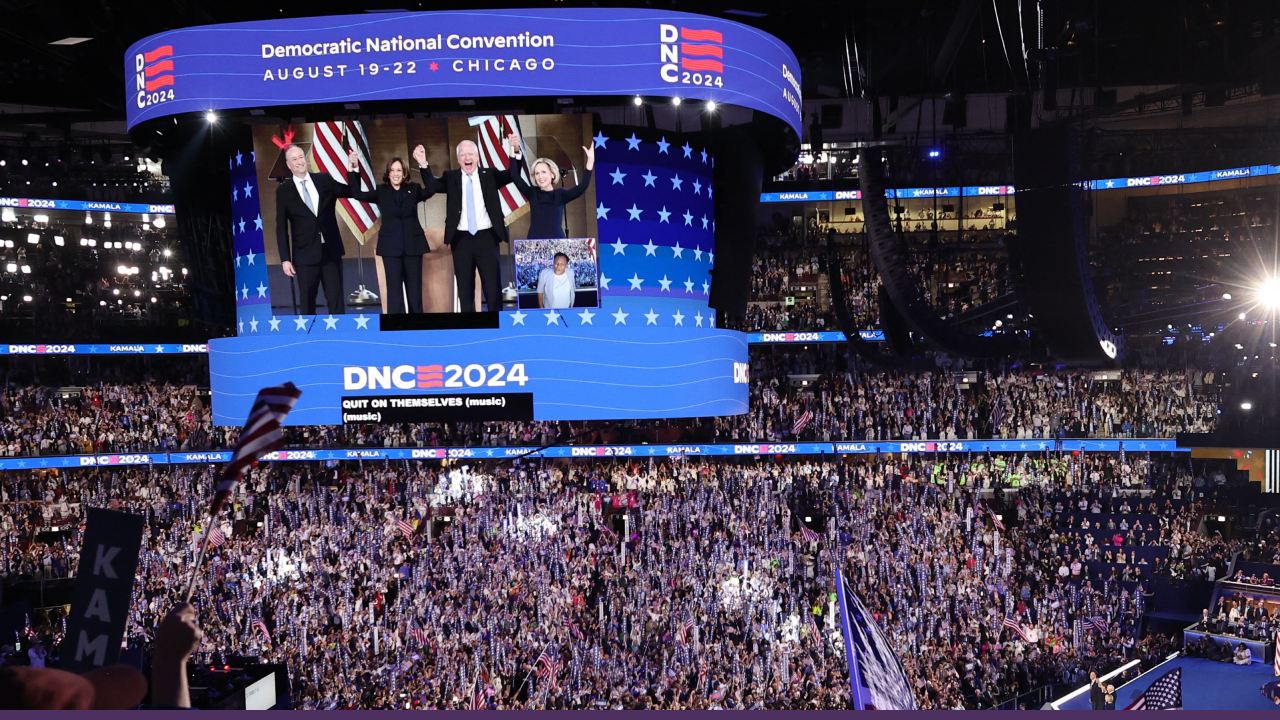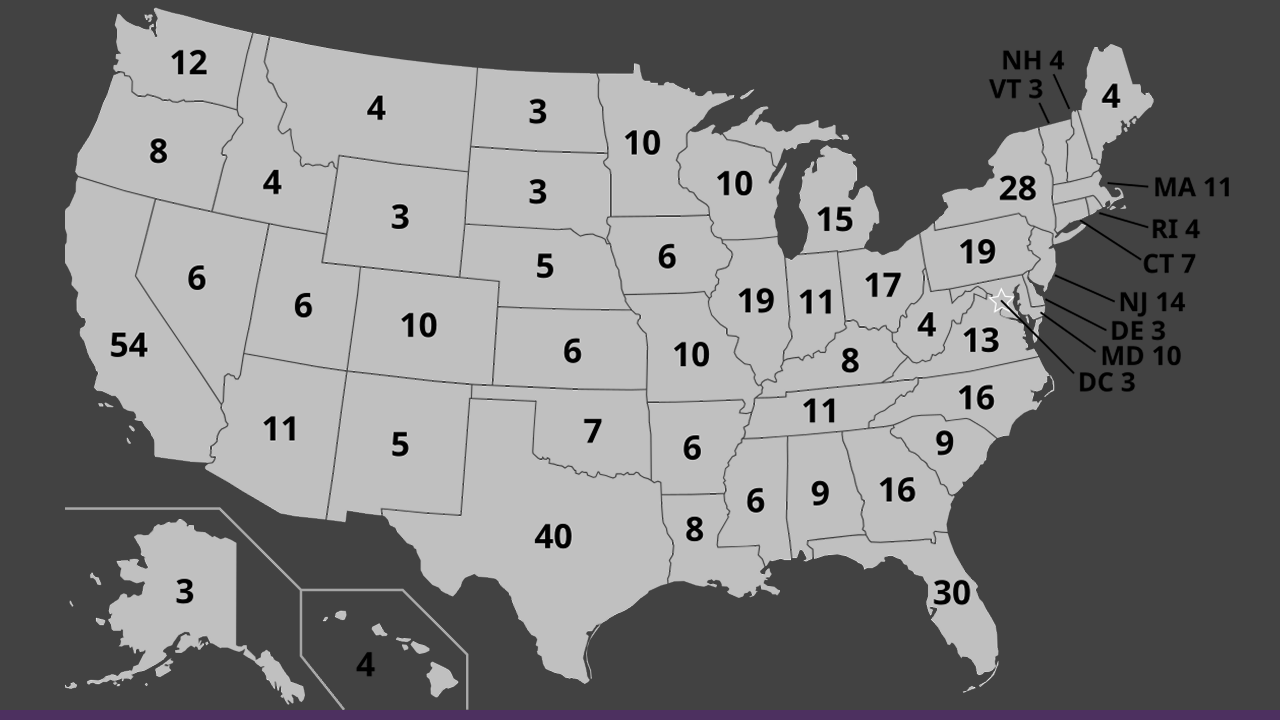05 Nov 2025
8 MIN READ
US Election System: Primaries, Delegates, and the Electoral College
Summary
The US presidential election isn’t decided by a single nationwide vote but through a complex, multi-step process. From primaries and caucuses to national conventions and the Electoral College, each stage plays a crucial role in determining the nation’s leader. This intricate system, blending popular participation with state-based representation, reflects America’s federal balance and reveals why winning the White House takes far more than just winning the most votes.
Introduction
The US election system involves a unique multi-step process to choose the president, rather than a single nationwide vote. It starts with state-level primaries and caucuses, where voters select candidates for their respective parties. Delegates then confirm these choices at the national convention, and finally, the Electoral College determines who becomes president.

An election for President of the United States takes place every four years on the first Tuesday after the first Monday in November. Credits: Paul Sancya/AP
Understanding the election system helps explain American politics, which is designed to balance the popular vote with state representation in leadership decisions.
The Role of Primaries and Caucuses in Shaping Presidential Candidates
Primaries and caucuses are initial steps in selecting presidential nominees, enabling voters and party members to guide their party’s direction. Primaries are statewide elections where voters cast secret ballots for their preferred candidate, shaping momentum over several months. A notable event is “Super Tuesday,” when multiple primaries coincide, offering a clear picture of frontrunners.
On the other hand, caucuses are local gatherings where participants openly discuss and vote for candidates, often through group alignment and persuasion. States implement various rules for primaries, including open or closed formats, as well as determining voter eligibility. Together, these processes assess candidates’ policies and popularity, laying the groundwork for the general election.
Decoding Delegates: The Key Players in the Nomination Process
Delegates serve as the crucial link between state-level contests and national party conventions, representing the voters' preferences based on the outcomes of primaries and caucuses. Each party and state follows specific rules for allocating delegates: the Democratic Party generally uses proportional allocation, while the Republican Party often favors winner-take-all methods.

In most cases, the people chosen to be delegates are active party members, leaders, or early supporters of one of the candidates. Credits: Alex Wong/Getty Images
There are two main types of delegates: bound and unbound. Bound delegates must support the candidate who won their state and cannot choose otherwise. Unbound delegates, known in the Democratic Party as superdelegates, have the freedom to vote for any candidate they prefer. These superdelegates are typically established party members with significant influence and authority. The process of selecting and voting among delegates is vital to confirming the party’s presidential nominee, making their role a key element in the overall election process.
National Conventions: Where Parties Unite Behind Their Chosen Candidate
National conventions represent the climax of the delegate process, held every summer before the general election. Delegates from all states gather to formally nominate their party’s presidential and vice-presidential candidates. These conventions aim to unify the party and solidify its platform. Typically, the presidential nominee announces their running mate, unless it is a reelection campaign, in which case the vice-presidential candidate often remains the same.

The candidate who wins the most votes does not necessarily win the election, as happened in 1876, 1888, 2000, and 2016, and possibly in 1824 and 1960. Credits: Reteurs
Significant media coverage surrounds the event, generating excitement and momentum. National conventions mark the transition from internal party competition to unified national campaigning, as the nominee and running mate present a joint front to win the presidency.
The Electoral College: Understanding America’s Unique Voting System
The Electoral College was established by the US Constitution in 1787 and is indeed over 230 years old as of 2025. It is the foundational process used to elect the U.S. president and vice president, established by the Constitution. It consists of 538 electors, each representing a state in proportion to its congressional delegation, including Senators and House members, plus three for Washington, D.C. Most states allocate all their electoral votes to the candidate who wins the popular vote (winner-take-all), except for Maine and Nebraska, which divide their votes by congressional district.
The logic behind maintaining this system is to enable smaller states to have a say, thereby balancing population size with equal representation among states. However, there is considerable criticism of this approach because it does not always align with the popular vote.
When voters cast their ballots in November, they are technically voting for a slate of electors committed to their preferred candidate. These electors meet in December to cast their votes, which are then sent to Congress for counting in January.
A candidate needs at least 270 electoral votes to win; if no one reaches this majority, the House elects the president from the top three candidates, and the Senate chooses the vice president. This system aims to balance populist and regional interests but is often subject to criticism for occasionally diverging from the national popular vote.

The number of electoral votes, out of 538, allocated to each state and Washington, D.C., for presidential elections held in 2024 and 2028, based on the 2020 census. Every jurisdiction is entitled to at least 3. Credits: Wiki Images
There have been instances in which the president won the Electoral College but not the popular vote. Some states are toss-ups, where races are often close, such as Pennsylvania and Michigan; those are called swing states.
Many presidential elections can come down to a small handful of states. Another criticism of this is that the proportion is not always fair when it comes down to the electorates. And Puerto Rico and US territories, where the residents are US citizens, have zero electoral votes.
Casting and Counting Electoral Votes: The Final Steps to the Presidency
After the general election, electors convene in their state capitals in December to cast official votes for president and vice president. These certified results are then sent to the National Archives and the President of the Senate. In early January, Congress holds a joint session to open and count these electoral votes, confirming the election outcome.
This process formalizes the state-level results into the official national decision and acts as a vital constitutional safeguard to ensure accuracy. Although disputes may occasionally arise, Congress has clear authority to resolve them. Once all votes are counted and confirmed, the winner is officially declared, ensuring a peaceful transfer of power.
Winning through the Electoral College: Majority rule or contingent election?
To win the presidency, a candidate must secure at least 270 out of 538 electoral votes, which represents a majority of the electoral votes across the states. If no candidate reaches this threshold, the election moves to a contingent process: the House of Representatives elects the president from the top three candidates, with each state delegation casting one vote.

In the 2024 presidential election, held using 2020 census data, Kamala Harris received 226 (blue) and Donald Trump received 312 (red) of the total 538 electoral votes. Credits: Wiki Images
Meanwhile, the Senate chooses the vice president from the top two candidates, with each senator casting a vote. This procedure has been used a few times, notably in 1800 and 1824.
While controversial, the system was designed to balance power between large and small states, reflecting the need for a majority that respects both population and state representation. However, many critics argue that this 18th-century design should be updated to better align with today’s political and demographic realities.
Conclusion
The US presidential election process, from primaries and delegate selection to the Electoral College, illustrates the complexity of the system's operation. Each phase plays a distinct role in shaping the outcome, aiming to attract a diverse range of voters. The system blends direct participation with indirect methods that preserve state influence.
While it is widely debated, it symbolizes political competition and orderly power transition. Once Congress certifies electoral votes, the president-elect is inaugurated on January 20, ushering in a new administration.
People Also Ask
Who is in the Electoral College?
The Electoral College comprises 538 electors, who the political parties in each state choose.
What is the Electoral College?
It IS a system that selects electors from each state who indirectly elect the President and Vice President of the United States.
How old is the Electoral College?
The Electoral College was created in 1787, making it 238 years old as of November 2025.
Why is there still an Electoral College?
It is embedded in Article II of the US Constitution. Amending the Constitution requires a two-thirds majority in both the House of Representatives and the Senate, as well as ratification by three-fourths (38) of the states.
